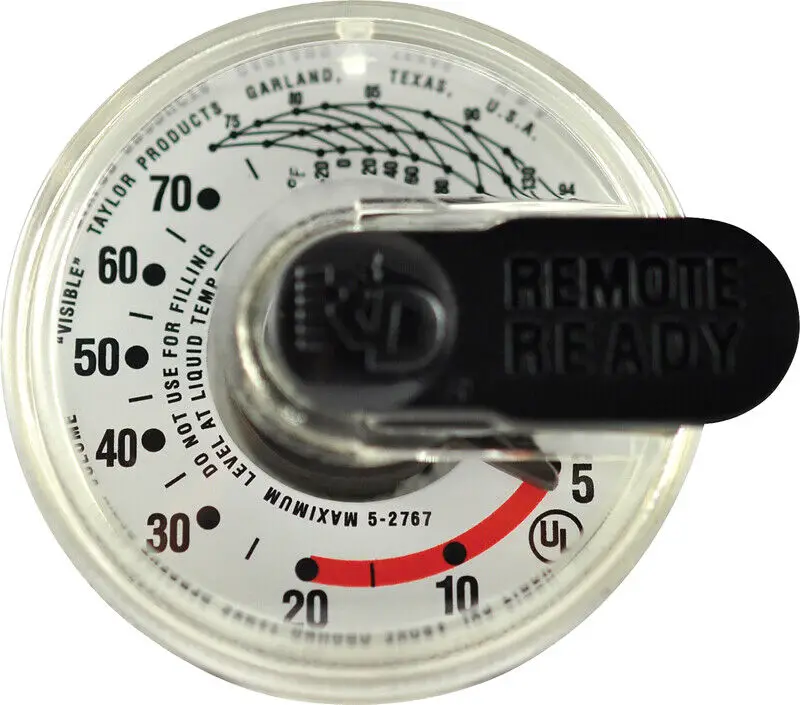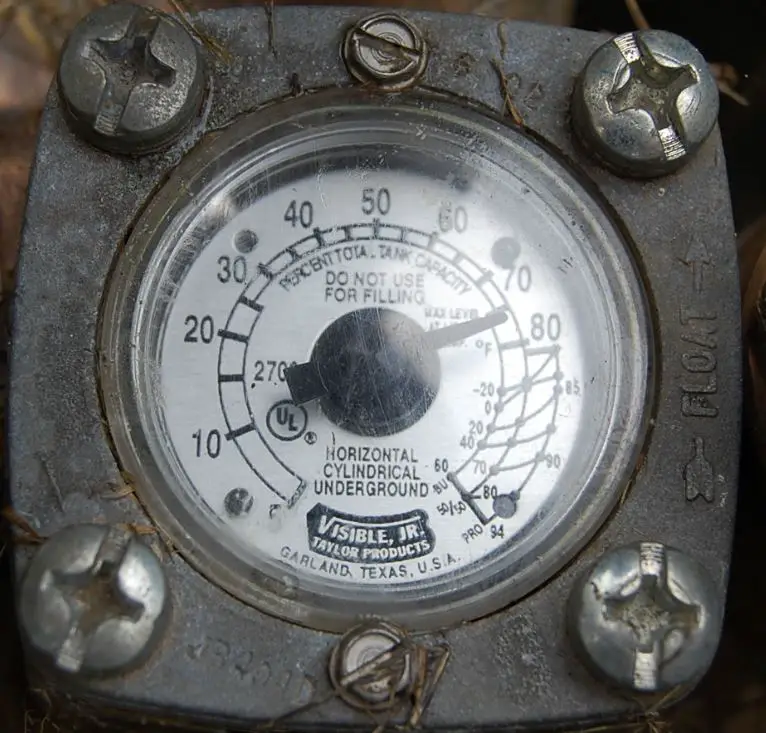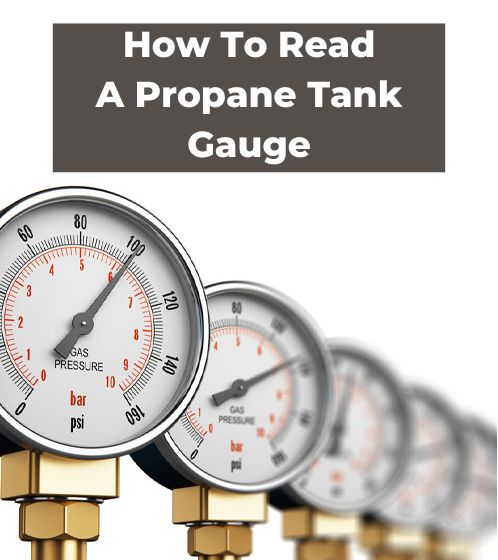When it comes to using propane for heating and cooking, it’s important to know how to read a propane tank gauge. A propane tank gauge reads out the percentage of propane left in your tank, NOT the number of gallons. In order to properly read a propane gauge, you’ll need to multiply the percentage readout by how many gallons of propane your tank can hold to figure out how much propane is left.
When your propane tank is full, it will read 80% or higher, but never 100%. To get a feel for how much propane is left, you’ll need to multiply the number of gallons by the gauge’s percentage. In this article, we’ll provide you with some tips and tricks on how to read a propane tank gauge quickly and easily.
Understanding Propane Tanks

Propane tanks are commonly used to store propane for various purposes, such as heating homes, powering appliances, and fueling vehicles.
Understanding propane tanks is essential for anyone who uses propane, as it can help you estimate how much propane you have left, when you need to refill your tank, and how long your propane will last.
Propane tanks come in various sizes, ranging from small portable tanks to large stationary tanks.
The most common sizes for residential use are 100-pound, 500-pound, and 1000-pound tanks.
The size of the tank you need depends on your propane usage and how often you want to refill your tank.
The tank capacity refers to the amount of propane the tank can hold when it is filled to 80% of its total volume.
This is because propane expands when it is heated, and leaving some room in the tank allows for this expansion. The tank capacity is usually marked on the tank’s collar or nameplate.
Propane tanks have a gauge that indicates how much propane is left in the tank. The gauge measures the percentage of propane in the tank, not the number of gallons.
When the tank is full, the gauge will read 80%, not 100%.
To estimate how much propane is left in the tank, you can multiply the number of gallons by the gauge’s percentage.
Propane delivery is another important aspect of using propane tanks.
Propane can be delivered to your home or business by a propane supplier, who will refill your tank as needed. It is important to schedule propane delivery in advance to ensure that you never run out of propane.
In summary, understanding propane tanks is essential for anyone who uses propane.
Knowing the tank size, capacity, and gauge can help you estimate how much propane you have left, when you need to refill your tank, and how long your propane will last.
Scheduling propane delivery in advance can help ensure that you never run out of propane.
See Related: Can Propane Freeze?
Why Doesn’t My Propane Tank Read 100% Full?
Propane tanks are not filled to 100% capacity for safety purposes.
The space above the liquid propane in the tank is called the “head space,” and it allows room for the liquid to expand if the temperature of the tank increases.
Propane can expand up to 17 times more than water given the same temperature increase.
If the propane tank gauge reading fluctuates slightly during quick temperature swings, that’s normal.
You should never paint your outdoor propane tank a dark color since dark colors absorb more heat and can cause propane gas expansion.
Propane Tank Gauges

Propane tank gauges are an essential tool for monitoring the level of propane in a tank. They come in different types and designs, but all serve the same purpose of measuring the amount of propane remaining in the tank. This section will discuss the basics of propane tank gauges, including the reading, types, and how they work.
The Number Reading Is A Percentage
Propane tank gauges typically have a number reading that indicates the percentage of propane remaining in the tank.
The percentage reading is not the same as the number of gallons of propane remaining in the tank.
When the gauge reads 80%, it means the tank is 80% full, not that it has 80 gallons of propane.
Types of Gauges
There are two main types of propane tank gauges: float gauges and pressure gauges.
Float gauges are the most common type and work by using a float attached to a lever arm that moves up and down as the propane level in the tank changes.
The movement of the lever arm is then translated into a percentage reading on the gauge.
Pressure gauges, on the other hand, measure the pressure of the propane in the tank.
As the propane level decreases, the pressure in the tank also decreases, and the gauge reading drops accordingly.
Reading A Propane Gauge

When it comes to reading a propane tank gauge, there are a few things to keep in mind. This section will cover how to locate the gauge and interpret the readings.
Locating the Gauge
Propane tank gauges are typically located on the top of the tank, although some tanks may have gauges on the side.
The gauge is usually a round dial with numbers and a needle that indicates the level of propane in the tank. It may also have a stem or a valve that can be used to check the level of propane.
Interpreting the Gauge
Reading a propane tank gauge is not as straightforward as reading a fuel gauge in a car.
The gauge will typically show the percentage of propane remaining in the tank, rather than the number of gallons
When the tank is full, the gauge will read around 80%, not 100%.
To calculate how much propane is left in the tank, you will need to multiply the tank’s capacity by the gauge’s percentage.
For example, if you have a 500-gallon tank and the gauge reads 50%, you have 250 gallons of propane remaining (500 x 0.5).
It’s important to note that propane levels can vary depending on the temperature.
Propane expands as the temperature rises, which can cause the gauge to read higher than the actual level of propane in the tank.
Conversely, cold temperatures can cause the gauge to read lower than the actual level.
Additionally, it’s important to know the BTU rating of your appliances to ensure you have enough propane to meet your needs.
See Related: How Much Propane Does An RV Fridge Use?
The BTU rating is a measure of the amount of heat an appliance can produce, and it’s important to make sure your tank has enough propane to meet the demands of your appliances.
In conclusion, reading a propane tank gauge requires some basic math skills and an understanding of how the gauge works.
By locating the gauge and interpreting the readings correctly, you can ensure that you always have enough propane to meet your needs.
Check out our other helpful propane guides while you’re here:

